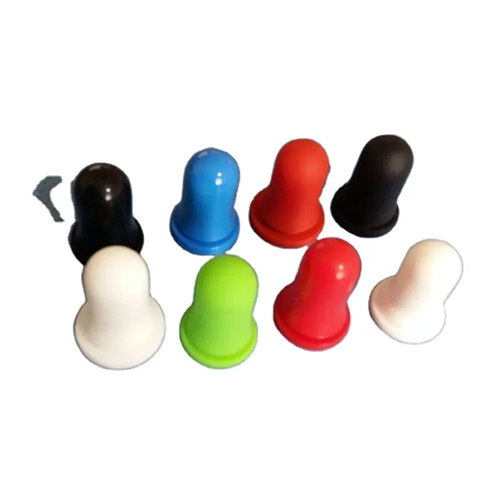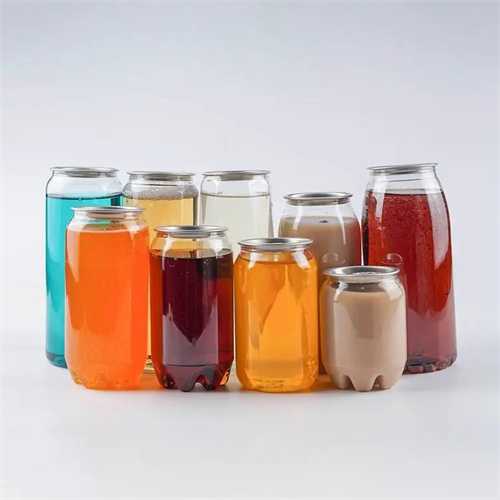Plastic color matching
Plastic color matching is the process of mixing different colored colorants in specific proportions to achieve a target color. Its core objectives are to achieve precise color matching, batch stability, and environmental adaptability. It is widely used in fields with stringent appearance requirements, such as home appliances, automobiles, and toys. Color matching quality directly impacts a product’s market acceptance. For example, if the color difference of automotive exterior parts exceeds ΔE = 1.5, consumers will question the product’s quality. Improperly blended bright colors in children’s toys can cause discoloration due to insufficient color fastness, compromising safety. Plastic color matching must consider optical properties (hue, lightness, saturation), material compatibility (matching the colorant with the resin), and process stability (color retention during the molding process). It is a comprehensive technology that integrates chemistry, optics, and materials science.

The basic principle of plastic color matching is based on the theory of primary colors. A rich palette of colors is created by mixing the three primary colors of red, yellow, and blue, while black, white, and gray are used to adjust brightness and saturation. The selection of colorants must consider their colorimetric properties: organic pigments offer vibrant colors (e.g., phthalocyanine blue, which has a saturation of up to 90%) but have poor heat resistance (typically ≤250°C); inorganic pigments offer excellent heat resistance (e.g., red iron oxide, which can withstand temperatures of ≥300°C), but have a duller color. For example, when mixing vibrant red plastic parts, the organic pigment Permanent Red (bright color) is chosen. For high-temperature molded engineering plastics (such as PA66), inorganic red iron oxide is used to avoid color change caused by high-temperature decomposition. During the color matching process, the phenomenon of “metamerism”—the difference in color matching under different light sources—must be considered. For example, a color that matches under natural light may deviate significantly under fluorescent lighting. Therefore, evaluation should be conducted under standard light boxes (including D65, A, and F2).

There are two main color matching methods: manual color matching and computer-assisted color matching, each with its own application scenarios. Manual color matching relies on the technician’s experience, visually comparing colorants against a standard color palette and gradually adjusting the colorant ratio. This method is suitable for flexible production of small batches and a wide variety of products, but it suffers from low precision (ΔE deviation is often ≥2) and poor reproducibility (ΔE between batches can reach 3). Computer-assisted color matching (CAC) uses a spectrometer to measure the reflectance spectrum of a standard color. Software calculates the optimal formula, and a colorimeter is used to quantitatively evaluate the ΔE (ΔE can be controlled within 1). This method is suitable for large-scale, high-precision production. For example, after adopting a CAC system, an automotive parts company reduced its color matching cycle from 3 days to 4 hours and reduced the batch color difference ΔE from 2.5 to 0.8. Both methods require small sample color testing (such as injection molding a 2mm thick color palette) to simulate actual molding conditions and avoid color deviation caused by the molding process (such as high temperature causing pigment discoloration).

Factors affecting the color stability of plastics include material properties, molding process, and environmental conditions. Different resin types produce significantly different color rendering effects: for example, white pigment appears milky white in PE but more pure white in PS due to the varying transparency of the resins themselves (PE has a transmittance of 60% and PS reaches 85%). Uneven dispersion of colorants can lead to color spots and streaks. For example, inadequate mixing of masterbatch and resin can result in mottled color patches on the surface of the plastic part. Improving dispersion requires increasing the screw speed (e.g., from 80 rpm to 120 rpm) or increasing the mixing time (e.g., premixing for 15 minutes). Excessively high molding temperatures can cause organic pigments to decompose (e.g., azo pigments decompose and discolor above 230°C). Excessive pressure can cause pigment migration (e.g., plasticizers in soft PVC drive pigment migration, causing a mottled surface). Ambient humidity can also affect color matching. For example, if the moisture content of hygroscopic resins (PA and PC) is too high, a white haze will appear after molding, obscuring the true color. Drying to a moisture content of ≤0.05% is recommended.

Quality control of plastic color matching must be implemented throughout the entire production process to ensure color consistency and reliability. A standard color library should be established, preserving standard color palettes, spectral data, and formulation parameters as a benchmark for subsequent production. Before each batch of production, the color intensity of masterbatches or color powders should be tested and compared to a standard (deviation ≤ 5%) to prevent color matching failures due to batch variations in colorants. During the molding process, plastic parts should be regularly sampled for color difference under a standard light source (once per hour). If the ΔE exceeds 1.2, adjustments should be made promptly (e.g., fine-tuning the colorant ratio by 0.1-0.3%). For plastic parts intended for outdoor use, weathering tests (e.g., 500 hours of xenon lamp aging) are required, with a color difference ΔE ≤ 3 to ensure long-term color resistance. For example, an outdoor furniture company conducted xenon lamp aging tests on color-matched HDPE parts. By adding 2% of a UV absorber, the color difference after aging was reduced from 4.2 to 1.8, meeting industry standards. In addition, all parameters of the color matching process (resin brand, colorant ratio, molding temperature, etc.) must be recorded to form a traceable quality file to provide a basis for subsequent problem troubleshooting.
